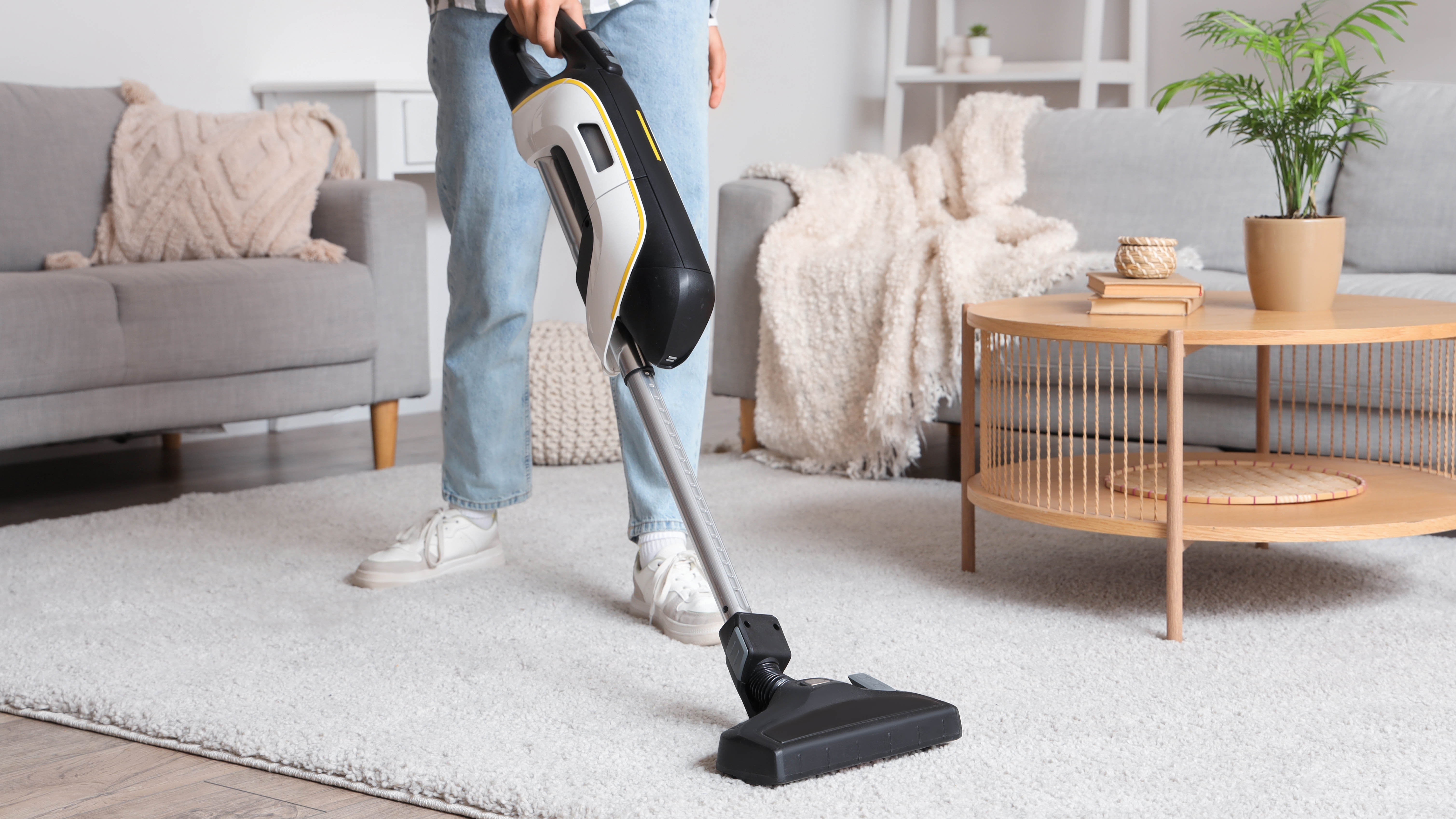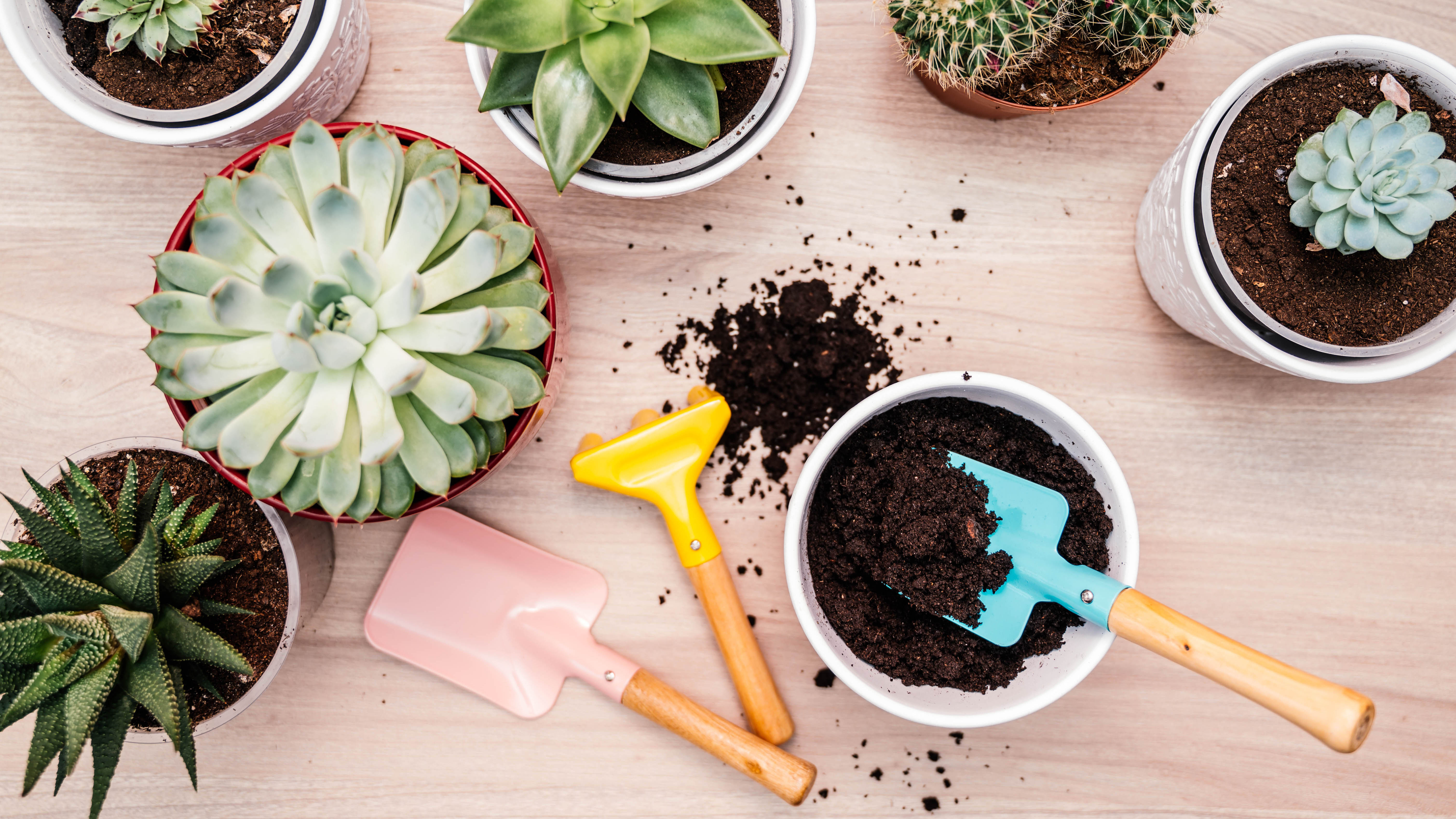
When it comes to tackling our housework, having one of the best vacuum cleaners in your arsenal is essential for getting our floors clean and spotless. This is especially the case if you have children or pets leaving their mess everywhere.
But, while you might think that your powerful model can suck up just about any dirt or debris imaginable, there are certain things you should never vacuum at all.
In fact, there is one common mistake that can damage your vacuum cleaner — and you're probably making it. Not only can this ruin your machine’s mechanism, affecting its overall performance but could cause a potential hazard.
So what is this one vacuum cleaner mistake to avoid?
Never vacuum large or sharp debris

The one mistake to avoid is vacuuming large or sharp debris on the floor. And since our trusted cleaners are designed to have powerful suction, it's probably a misconception that they can handle this.
Whether it be tiny pieces of broken glass that we can't always see on the floor or small stones brought in from under our shoes, these should never be vacuum cleaned. Besides the obvious fact that sharp objects could scratch your hard floors, large objects could potentially damage your vacuum cleaner or worse, cause a fire.
“Aside from breaking the vacuum internally, sharp objects could also increase the risk of electrical fires," adds Liam Cleverdon, Flooring Expert at Flooring King This occurs because hard objects can cause blockages or overheat the motor. If a metal object has been ingested by the vacuum, it may also create sparks, further increasing the fire risk.
Furthermore, larger pieces of debris could also damage floors. If the debris ends up caught in the brush, it could rotate at fast speeds and make contact with the floor’s surface, damaging it through scratches. This is particularly relevant for people with flooring such as laminate or hardwood."
Instead, either hand pick visible, large objects or use a dustpan and brush or a broom to sweep hardwood floors before vacuuming. “I strongly recommend sweeping the floor first to collect any large pieces of debris that could cause damage to the vacuum," suggests Cleverdon. “As you’re cleaning, keep monitoring the floor for any missed debris, picking it up before targeting the area. This can increase the lifespan of the cleaning product, avoid the risk of fires and even avoid potential flooring damage. Overall, these steps can help maintain a healthy, clean floor.”
If you do have minor scratches on hard floors however, you can learn how to fix scratched wood floors to make them look new.

The same applies for cleaning up construction debris or soil particles that might have spilled on the floor during repotting a plant. While it might seem like a no-brainer to quickly give it once-over with your vacuum, the texture of soil and plant debris could clog it up, while damp or wet soil could damage the motor. Plus, you wouldn’t want to risk putting back the dirt and soil particles into your carpet, causing stubborn stains.
For such messes, it's always advisable to simply use a broom to sweep soil particles, and wipe the area with a clean damp cloth. You might also want to know the best way to clean carpets with or without a carpet cleaner and here's how often you should actually be vacuuming your floors.







